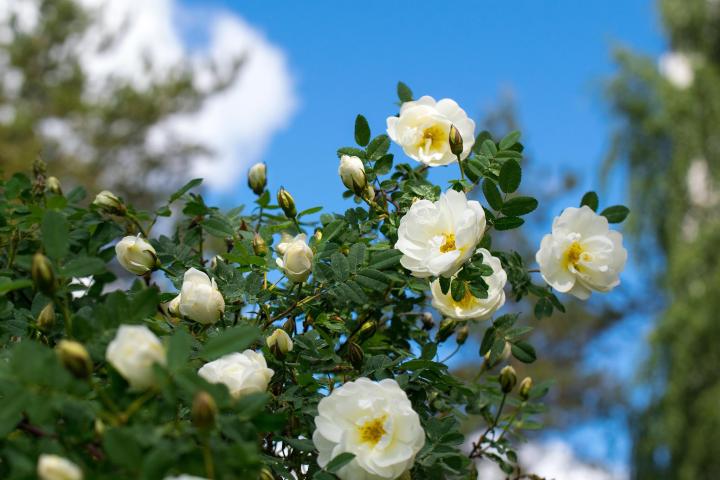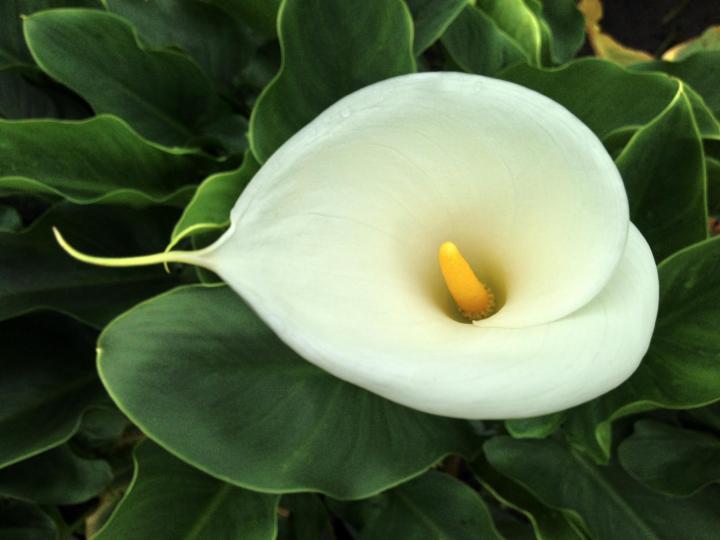
Keeping Plants Over Winter

Getting Started with Flower Gardening
Building a Raised Flower Bed Garden
Choosing Flowers
Types of Flower Gardens
Flower Gardening for Pollinators
Growing Flowers in Containers
Spring and Fall Bulbs
Caring for Flowers
ADVERTISEMENT
I have a cousin who has the same geranium for 11 years. I looked forward to this article, but it seems to have some instructions missing. After fitting in the smallest pot suitable, "fill the pot with potting soil. Sit in the shade for a week then in a sunny spot indoors. When new growth starts, cut off all the old leaves." is this before I keep it for the winter, or after the winter, and where am I keeping it in the winter? In a garage, or a basement? Do I water it in the winter? I've had plants that I thought would only last a year, last several, just leaving them in the ground. and I plant my poinsettia outside for summer, but don't know how to accomplish bringing in and getting them to rebloom!
I found a place for the Rose-bush at park's baseball-hut not used during the winter; I just watered the plant;
A person gave me a rose-bush in a 3 gal. container at a town park; the roses bloomed all summer; I want to keep the rose-bush in container over winter;(a sheltered area near woods); how often do I water the Rose- bush and how much of the canes do I trim; I was thinking about leaving stems of about 10" or so; thanks;
I have brought in my pots of 1 grafted/ 1 ungrafted rose, 1 monstera, 2 spider plants, 3 types of palms, 1 yellow/ 5 red mums,3 jasmine, 4 peppers, and 4 azaleas. 50-60 Canna bulbs were wrapped individually in newspaper and stored. So would like to know more about overwintering pots indoors/ garage. My garage is heated but may be 50/55 max only.
My larger rosemary survives snows and freezing temperatures and never has any issue! Green, fragrant all year long even after being buried in winter snows. On another note...same with my green onions! Those just keep on keeping on even when completely inundated with snow. Hardiest veggie ever!













Comments